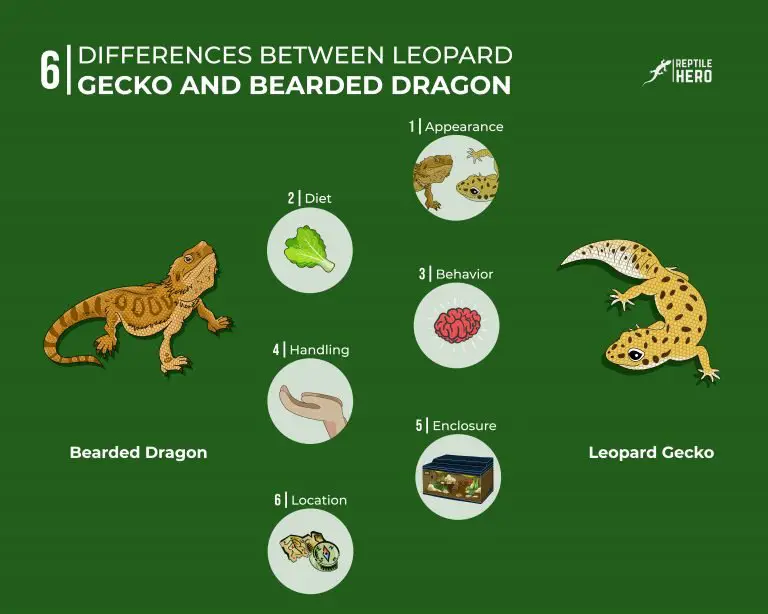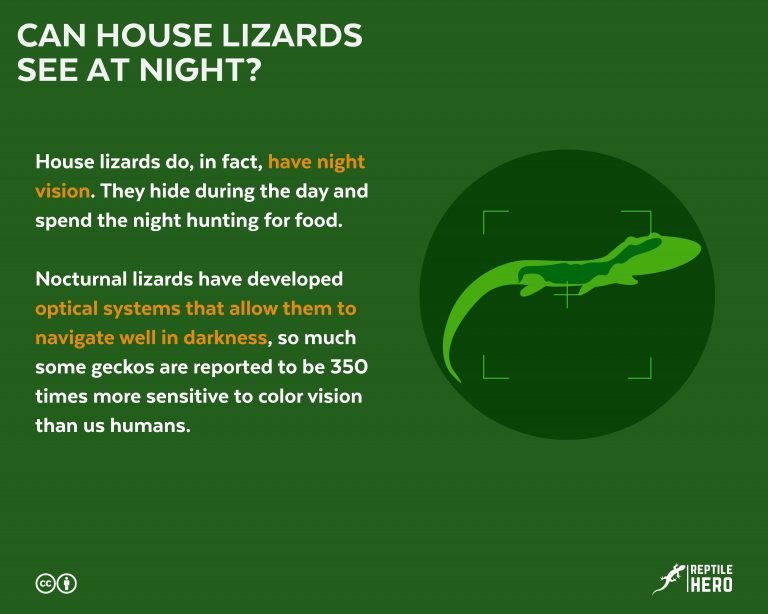Is Your African Fat-Tailed Gecko Male or Female? (Check Vents!)
The African fat-tailed gecko is becoming more and more popular in the reptile-keeping community as a cute alternative to the more common leopard gecko. But many people are still not aware of really basic information about them—like how to properly sex them. So how can you spot female fat-tails from males?
The two features that can help differentiate between a male and a female African fat-tailed gecko are 1) the row of pores and 2) the bulging by the base of their tails. Male fat-tail geckos have a row of pores with plugs and a bulging tail base. Female fat-tail geckos have small and subtle pores as well as a flat tail base.
Already experienced with sexing leos? Or are you planning to be a gecko pet parent soon? Either way, you should learn how to determine an African fat-tailed gecko’s sex correctly. Continue reading to discover more about this adorable animal!
Sexing Male vs Female African Fat-Tailed Geckos (2 Signs!)
African fat-tailed geckos can be sexed once they reach 35–50 g or they are 6–8 months old. Their sex is determined by their egg-incubation temperature. Owners can distinguish males from females by inspecting their pores and tail base.
Like leopard geckos, fat-tail geckos also belong to the Eublepharidae family of geckos [1].
So even though their native habitats are far from each other, they share several features—which include their secondary sex characteristics.
Besides that, their sex isn’t dictated by sex chromosomes as it is for humans. Instead, African fat-tailed geckos have temperature-dependent sex determination. Eggs incubated at lower temps are primarily females while ones from higher temperatures are mostly male.
Discover ways to make your very own egg incubator at home!
You may think that fat-tails from pet shops are always correctly sexed because of this, so you can pick out any hatchling or juvenile with 100% certainty that it’s a boy or a girl. But that’s sadly not the case.
Many store-bought geckos turn out to be wrongly sexed so it’s best to know that you can confirm whether your African fat-tailed gecko is indeed male or female. This will allow you to give it sex-specific tank provisions such as a lay box when necessary.
However, because African fat-tailed geckos are smaller than leopard geckos, you have to examine these features even more closely with an illuminated loupe like this on Amazon!
You can tell boys from girls by looking at the area just around an African fat-tailed gecko’s vent slit!
1. Femoral Pores
Male African fat-tailed geckos have visibly darkened femoral pores due to waxy secretions. Conversely, female African fat-tailed geckos can have indistinct femoral pores without plugs or no pores at all.
Now, I know the term femoral pores may not be familiar to all of you. But don’t worry, it’s actually much simpler than it sounds.
As far as I know all male lizards—geckos included, of course—have 1–2 rows of special scales found above their vents [2]. These rows or pores can also vary in shape, length, and location.
Because fat-tail geckos have pores above their vents and in between their hind legs, they are commonly called preanal, femoral, or precloacal pores.
What makes them special, though, is the holes at the center of each one that has a cream to yellow plugs poking out of them. These are believed to play a role in mating and recognition. However, such waxy plugs are absent in the faint pores that female fat-tailed geckos have.
This is the main difference between their pores, aside from size.
But then again, a male gecko’s femoral pores may also shrink and start resembling the pores of females if they get neutered [3].
2. Tail Base
A male African fat-tailed gecko will generally have pronounced hemipenal bulges at its tail base, whereas a female African fat-tailed gecko normally has a flat tail base.
Similar to many other male reptiles, your fat-tailed gecko should normally have two penis that are mostly kept hidden within its vent’s pouches if it’s a boy. These are called hemipenes.
However, regular keepers rarely ever catch sight of these since geckos only bring them out to mate or lick themselves clean.
Curious? Learn about the other reasons why geckos lick things!
When tucked away, these will form equally big round bumps right next to each other on the very base of your gecko’s tail. So even if it drops its tail for whatever reason—such as frightening loud sounds—you can still check for these secondary sex features!
As you might have guessed, female African fat-tailed geckos don’t have hemipenes concealed inside their cloacal cavity. Hence, they shouldn’t have hemipenal bulges.
Rather, female fat-tails would typically have a pretty flat tail base. But it’s not impossible for them to have a slight hump right below their vent slits due to too much fat if they are overweight or obese.
However, male gecko bulges have a dip in between them while females don’t. Female African fat-tails have a more rectangular fat bulge as well.
Further Questions
Is it normal for African fat-tailed geckos to have spurs?
Unlike tokay and crested geckos, spurs are not present at the sides of an African fat-tailed gecko’s tail base. As such, they can’t be examined by keepers and breeders for sex determination. For accurate sexing results, clinical methods done by an exotic veterinarian are recommended.
Do African fat-tailed geckos have calcium sacs?
African fat-tailed geckos are part of the Eublepharidae family of lizards which are believed to not have any calcium-filled endolymphatic sacs. Due to this, fat-tail geckos can’t be properly sexed by looking for calcium sacs on the roof of their mouths or the sides of their necks.
Summary of Is Your African Fat-Tailed Gecko Male or Female
Male African fat-tailed geckos can be recognized by their noticeable waxy femoral pores and two distinct bulges at their tail base due to their tucked-in hemipenes.
Female African fat-tailed geckos, by contrast, have subdued femoral pores and little to no post-cloacal bulging. A female fat-tail can develop a faint bump below its vent due to excess fat.
Sources
[1] https://www.ncbi.nlm.nih.gov/pmc/articles/PMC2855288/
[2] https://brill.com/view/journals/amre/36/3/article-p185_1.xml?language=en



![How Much Electricity Does a Gecko Use? [Full Bill Breakdown]](https://www.reptilehero.com/wp-content/uploads/2021/05/word-image-20-768x576.png)


